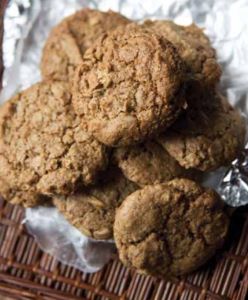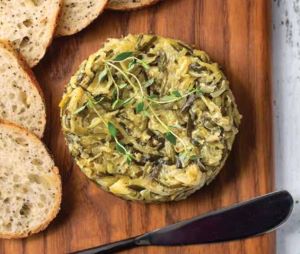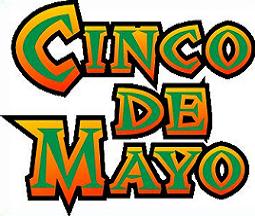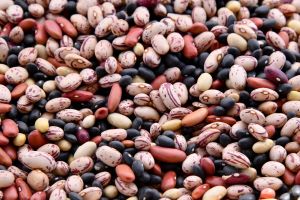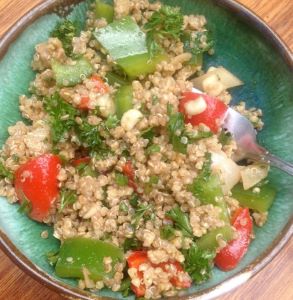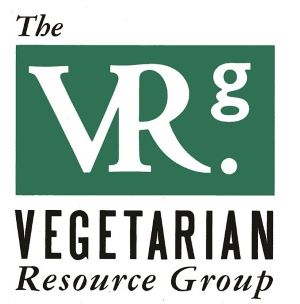Posted on
May 01, 2023 by
The VRG Blog Editor
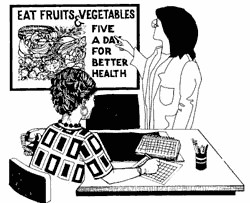
By Reed Mangels, PhD, RD
Registered dietitian nutritionists (RDNs), also known as registered dietitians (RDs), are experts in food and nutrition who have completed specific educational requirements and passed a national exam. In addition, these professionals must continue to meet professional education requirements throughout their career.
Course work leading to a career as an RDN could include food and nutrition sciences, foodservice systems management, business, economics, computer science, culinary arts, sociology, biochemistry, physiology, microbiology, anatomy, and chemistry. In addition to earning at least a master’s degree (as of January 1, 2024), future RDNS are also required to complete a supervised program in which they gain real-world experience in a variety of work settings.
There are several paths that one can take to becoming ready to take the exam to become an RDN.
The first way, is to complete a graduate-level (usually a master’s degree) program in nutrition and dietetics from a program that has been approved by the Accreditation Council for Education in Nutrition and Dietetics (ACEND). This type of program integrates coursework and at least 1,000 hours of experiential learning (learning by doing).
The second way is to complete a Coordinated Program in Dietetics. These programs are offered by universities and must be approved by ACEND. These programs feature dietetic coursework and at least 1,000 hours of supervised practice. Coordinated programs are available at the bachelor’s and graduate level. Those taking the national exam to become an RDN after January 1, 2024, will be required to have a master’s degree.
A third option is to complete what is called a Didactic Program and then complete a dietetic internship. Didactic programs are offered at colleges and universities, feature coursework to prepare students for a career in dietetics and can be at the bachelor’s or graduate level. Dietetic internships are completed after completing a Didactic Program and involve at least 1,000 hours of supervised practice. Some programs offer a graduate degree in conjunction with supervised practice.
Another option is available only for those wanting to practice as a dietitian/nutritionist in their home country, not in the United States. Details of requirements for that option can be found here.
Following successful completion of any of these paths, one is eligible to sit for a national exam to become a Registered Dietitian Nutritionist.
In addition, many states have licensure laws that specify the minimum credentials that are required to use titles such as “dietitian,” “nutritionist,” “licensed dietitian nutritionist” or “registered dietitian nutritionist.”
To learn more about requirements to become an RDN and employment opportunities, see the fact sheet from the Academy of Nutrition and Dietetics titled Becoming a Registered Dietitian Nutritionist.
A list of accredited programs is available here.
